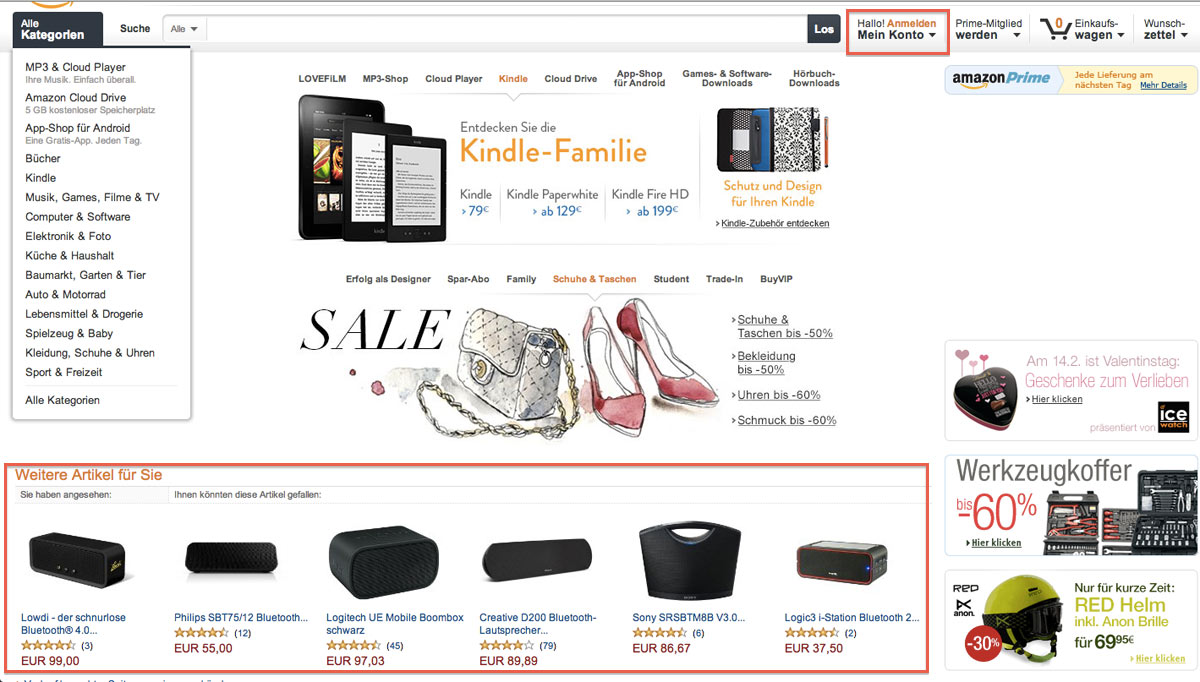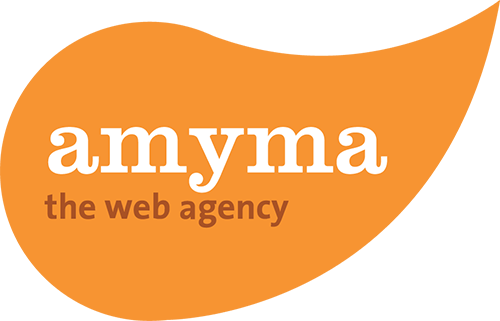People are comfortable by nature. People will seek to avoid efforts, even if they are very small. It is also a big issue in web design if you want to gain customers for a particular website or service – registration can seem particularly daunting. "Lazy Registration" has the lethargy inherent in its name and is a proven aid to overcoming the first threshold. Today we will present in detail how this works.
What is lazy registration?
Lazy registration or soft sign-up allows the visitor to use a website and only deal with the registration afterwards. This helps to reduce barriers to entry. While the user visits the site, various data will be stored, making it easier to re-access the site and register.
For many websites, such as online stores or Internet services, registration is essential. However, the data are rarely needed in advance. Exceptions prove the rule, but these will be discussed later.
Requiring registration in advance drives away many potential users. Lazy registration avoids this first barrier, by only prompting the user to register at the very last point. Previously, the customer can get to grips with the offer alone and thus build up a bond with the website. The effort to register at the end is therefore minimal – the actual registration is viewed as much less unpleasant with a full basket.
To make registration even more palatable, it should always include benefits. Depending on the site, this may include an email list, extra content or a stored address for future purchases.
How does this work?
Specific details are required to complete the registration, but these can also be queried after use. Lazy registration takes advantage of this principle. An account is automatically created in the background for each user who visits the site. This accompanies visitors during use and can therefore save several key parameters for registration. Then in the end, the gaps are already filled with the necessary information – normally email address and password. Of course, more information may also be required. An online store needs the customer's address to send him the purchased goods.
At first glance, registration only seems to be a small obstacle. Let's compare this with the real world for a moment. Who wants to be asked for their login and password before they can go shopping? If doormen were to stand in front of every shop, this would create a much greater barrier to go shopping at all.
If we turn back to the virtual world: In the case of Internet applications, the user would like to try the product first before he provides his valuable information. The same goes for online stores. Before the visitor will sign up, he wants to have an overview of the products offered.
A simple but very good example is Amazon.

Source: amazon.de
Amazon‘s entire range can be access without registration. Nevertheless, an account is created in the background. This is visible in the lower red box. We were looking for Bluetooth wireless speakers. Amazon stores our search and shows us on a subsequent visit the products we searched for earlier and even gives us suggestions that might interest us more.
Also, the cart can be already filled. We can see all the available products without being forced to register. Only at the very last step do we need to create an account. But as we said, a filled shopping basket creates a smaller threshold.
However, there are exceptions. If the full service is not free, registration in advance may be mandatory. For example, a scientific database will only allow a very limited access to its content before the user has provided their data and, of course, the payment method. Facebook also only allows the use of the site with a registered account.
Summary
- The user can become familiar with the website and the offer through lazy registration
- The user therefore already has a connection to the page
- Obstacles to the customer’s registration are removed
- An account is created in the background using cookies.
- Registration should have subsequent advantages.
Many people are very concerned about their information and do not want to give this frugally on the Internet. In order to offer the user an incentive to use your website, they should be given the freedom to get know the site. This also subsequently lowers the threshold to register. That way, both sides win with lazy registration!





